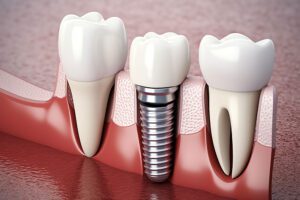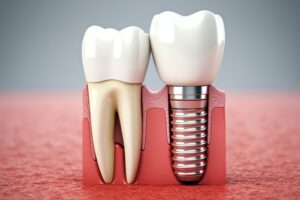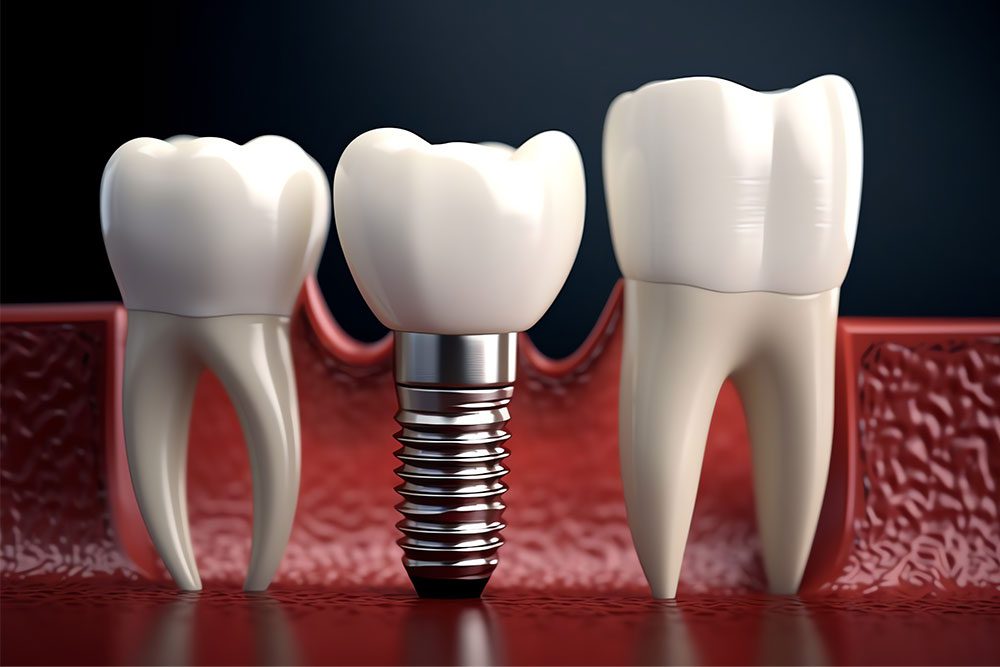Tooth loss does more than leave a gap. Once a tooth is gone, the bone that held it begins to thin out because it no longer receives chewing forces. That gradual change can make implant placement difficult. Bone grafting rebuilds volume and shape so the jaw can firmly accept an implant fixture. Many clinics that place Sydney dental implants start by assessing bone quantity and density because the foundation determines the long‑term result.
Why the jawbone comes first
An implant succeeds when living bone bonds to the implant surface, a process called osseointegration. Adequate height, width, and quality allow that bond to develop and keep the crown stable during daily chewing. Rebuilding thin areas also supports the gums, which helps create a natural gumline rather than a sunken look around the new tooth.
What the graft involves
Bone grafting is a minor surgical procedure. Under local anaesthetic, the gum is lifted, graft material is placed where the ridge is deficient, and a barrier membrane may be added to guide healing. Small defects can be grafted at the same time as implant placement. Larger rebuilds are usually staged: first the graft, then the implant once the site has matured.
Types of grafts, in plain terms
Autografts use your own bone, often chosen for bigger repairs. Allografts come from screened human donors and are widely used for ridge preservation and moderate defects. Xenografts, typically bovine or porcine, keep volume for longer where slow resorption helps maintain shape. Alloplasts are synthetic materials that can be used alone or mixed, especially after extractions to preserve the socket.
Planning, scans, and timelines
Three‑dimensional CBCT scans map bone thickness and nearby structures with precision. Healing time varies with the size of the defect and the materials used, often several months before an implant can be placed. A temporary solution can maintain appearance and protect the graft during this phase. If you are comparing options for teeth implants Sydney, ask how the practice manages ridge preservation at the time of extraction to reduce future grafting needs.

Sinus lifts and ridge augmentation
In the upper back jaw, the sinus often limits vertical bone height. A sinus lift gently elevates the membrane and adds bone so a standard‑length implant can fit safely. Along the front or lower jaw, ridge augmentation widens a narrow arch. Both procedures aim for a stable, well‑shaped site that chews comfortably and looks natural.
Costs and real value
Fees reflect scans, materials, the number of sites, and surgical time. When researching the cost of dental implants Sydney, look for an itemised plan that separates diagnostics, grafting, implant surgery, and the final crown. Packages can aid budgeting, yet a personalised plan prevents surprises and aligns the sequence with your health needs.
People often search for affordable dental implants Sydney. Affordability should come from efficient planning, appropriate materials, and experienced clinicians, not shortcuts. If you come across offers for cheap dental implants Sydney, confirm what is included, the expected healing stages, and the follow‑up schedule before you commit.
Also Read: Immediate vs. Delayed Dental Implants: Guiding Your Choices for a Healthy Smile in Australia
Aftercare matters
Good habits protect your investment. Follow post‑operative instructions, use saltwater rinses, choose softer foods while healing, avoid smoking, and keep plaque in check around the surgical site. Night‑guard advice for grinders can protect the new restoration. Many clinics that reference Dental Implants Sydney also set regular reviews to monitor bone levels over time.
Bone grafting is not an optional extra. It restores the jaw to a state where an implant can succeed, both functionally and aesthetically. Ask clear questions, expect a staged plan, and choose a team that treats the foundation with the same care as the final smile. For tailored guidance, speak with an oral surgeon or implant dentist at a reputable practice.

Frequently Asked Questions:
1) Do I need a bone graft before an implant?
Your dentist checks bone height, width and density with 3D scans. If the jaw is too thin or uneven, grafting rebuilds volume so the fixture can anchor safely and look natural. Some small defects allow same‑day grafting and placement.
2) How long does a bone graft take to heal?
Healing typically ranges from three to six months, depending on the defect size, material choice and your health. Complex sites may need longer, while small repairs sometimes allow implant placement sooner.
3) Is bone grafting painful?
Most patients report pressure rather than sharp pain because local anaesthetic is used; sedation can be offered when appropriate. Most soreness settles within a few days with simple pain relief and good oral care at home.
4) What materials are used for bone grafts?
Options include your own bone, screened donor bone, animal‑derived mineral and synthetic substitutes. Your clinician selects one or a combination to match the defect, expected resorption rate and contour goals for stable results.
5) How do I look after a graft and implant site?
Follow your post‑op instructions: saltwater rinses, soft foods, no smoking, and careful brushing. Attend reviews, keep plaque low with interdental aids, and ask about a night guard if you grind.

